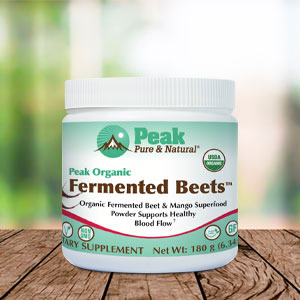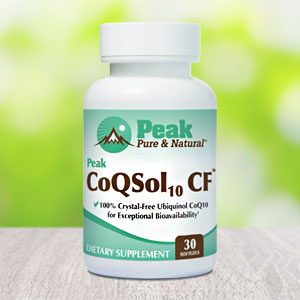It’s been a goal among researchers who focus on cardiovascular health to hone in on who might develop heart disease — and when — so that preventive measures might change outcomes for hundreds of thousands of us.
The earlier you know, the better. To that end, previous research has helped to identify cholesterol as a key factor in cardiovascular disease (CVD) risk.
And this belief isn’t wrong. Molecules of LDL (the “bad” cholesterol) can collect inside the walls of your blood vessels and block blood flow. So if you lower your LDL cholesterol, you lower your risk of clogged arteries and heart disease, right?
Well, when it comes to CVD, researchers are discovering cholesterol is only part of the picture…
In fact, two factors that have been absent from any testing specifically for CVD risk — when combined with cholesterol — can accurately predict a person’s 30-year risk of heart disease…
The triple crown of CVD risk measurements
A research team led by Dr. Paul M. Ridker at Brigham and Women’s Hospital set out to study whether blood measures of cholesterol and inflammation could predict cardiovascular disease decades later.
They accessed data from the Women’s Health Study (WHS) which followed, assessed and collected health data, including blood assays, on almost 40,000 female health professionals for 30 years. The women were on average about 55 years old and were considered to be in better cardiometabolic health than the general U.S. population.
Each participant had measurements of three biomarkers tested in a blood sample when they enrolled in the WHS:
- high-sensitivity C-reactive protein (CRP), a marker of inflammation, along with
- low-density lipoprotein (LDL) cholesterol and
- lipoprotein(a), or Lp(a), a lipid partly made of LDL
The study’s primary endpoint was a first major adverse cardiovascular event — heart attack, coronary revascularization, stroke or death from cardiovascular causes.
The research team divided participants into five groups, ranging from those with the highest to the lowest levels of the biomarkers. This is what researchers found:
- Women with the highest levels of LDL cholesterol had a 36% greater risk for heart disease compared to those with the lowest levels.
- Those with the highest levels of Lp(a) had a 33% greater risk.
- Those with the highest levels of CRP had a 70% greater risk.
When all three measures were assessed together, women with the highest levels had more than 1.5 times the risk for stroke and more than triple the risk for coronary heart disease compared to women with the lowest levels.
In short, taking into account measurements for all three of these independent biological markers can better predict risk of major cardiovascular events over the next three decades than measuring only one. And inflammation was shown to be at least as important as cholesterol in determining CVD risk, yet C-reactive protein is rarely measured.
“These data support efforts to extend strategies for the primary prevention of atherosclerotic events beyond traditional 10-year estimates of risk,” says lead author Dr. Paul Ridker, director of the Center for Cardiovascular Disease Prevention at Brigham and Women’s Hospital, who presented the findings at ESC Congress 2024.
“To provide the best care for our patients, we need universal screening for inflammation, cholesterol, and lipoprotein(a), and we need it now.”
He added, “We can’t treat what we don’t measure, and we hope these findings move the field closer to identifying even earlier ways to detect and prevent heart disease.”
Although only women were assessed in this study, the study’s authors believe similar results would be expected in men.
Lifestyle modifications could help
“While we still need to focus on lifestyle essentials like diet, exercise and smoking cessation, the future of prevention is clearly going to include combination therapies that target inflammation and lp(a) in addition to cholesterol,” Ridker says.
Each of these risk factors can be modified with a combination of lifestyle changes, and physicians can offer drug therapy. Many studies have shown that lowering both inflammation and cholesterol can significantly reduce heart attack and stroke risk.
Much research has also pointed to inflammation as a unifying theory of disease, so the fact that it’s not been considered important enough to test regularly should surprise us.
You can get a jump-start on lowering your inflammation levels by quitting smoking, reducing stress and modifying your diet. Start by ridding your diet of the following pro-inflammatory foods:
- Processed meats (like ham and bacon)
- Sugary drinks
- Trans fats
- Processed grains (like white bread and white pasta)
- Processed snack foods (like chips and crackers)
- Desserts (like cookies, candy and ice cream)
Too much alcohol can also be pro-inflammatory. If you are drinking red wine for its heart-protective benefits, keep it to one glass.
Sources:
Women’s 30-Year Heart Risk Can Be Predicted by Just Three Factors — MedPage Today
Blood Test of Three Factors Predicts 30-Year Risk of Heart Attack, Stroke and Cardiovascular Death in American Women — Mass General Brigham
Read full article here





